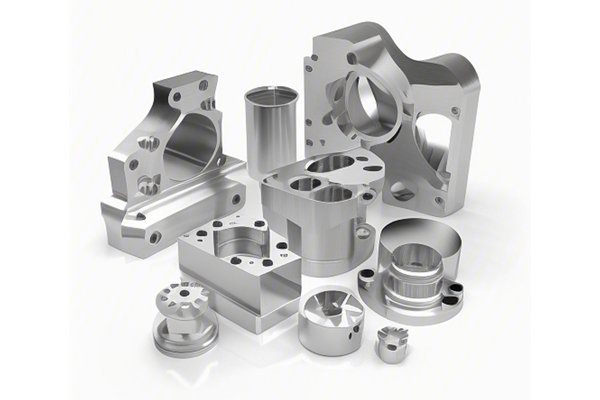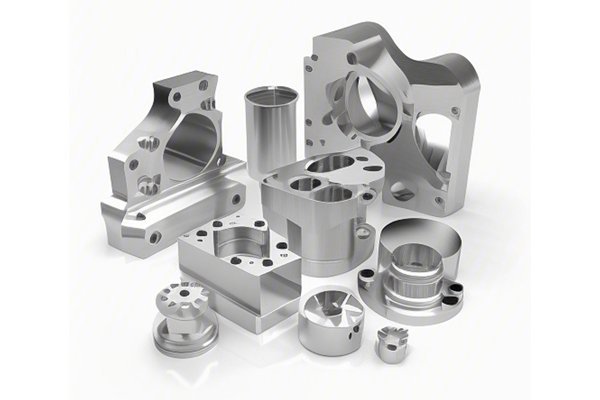Did you know that according to the International Aerospace Quality Group, nearly 90% of aircraft components are made from aluminum alloy due to its unique balance of strength-to-weight ratio, corrosion resistance, and ease of fabrication? For aerospace manufacturers, understanding the machinability of different aluminum alloys is not just a technical concern; it’s a matter of safety, efficiency, and ultimately, profitability. In this blog, we will delve deep into the intricate world of CNC machining for aluminum alloys specifically tailored for aerospace applications.
By the end of this blog, you will have a comprehensive understanding of how to evaluate the machinability of various aluminum alloys, the factors that affect machining performance, and practical solutions to optimize your machining processes.
—
Understanding CNC Machining and Aluminum Alloys
CNC (Computer Numerical Control) machining has revolutionized the manufacturing process across industries, specifically in aerospace where precision and high-performance materials are essential. Aluminum alloys, with their combination of lightness, strength, and corrosion resistance, are the go-to materials for aerospace components. However, machinability—a term that refers to the ease with which a material can be machined—can significantly impact production efficiency, cost, and quality.
Factors Influencing Machinability
Before we discuss the evaluation methods of aluminum alloys, it’s crucial to understand what affects their machinability.
Evaluating Machinability of Aluminum Alloys
Evaluating machinability involves multiple approaches, from physical testing to theoretical analysis. Here, we will discuss several methodologies used to gauge the machinability of aluminum alloys tailored for aerospace applications.
The most commonly used methods to evaluate machinability include:
Utilizing software for finite element analysis can provide predictive insights into how different alloys behave under various machining conditions. Finite element modeling (FEM) simulates machining operations, predicting factors like temperature distribution and tool wear more effectively than empirical testing.

The efficiency of the machining process can be quantified using MRR, defined as the volume of material removed per minute. A higher MRR indicates better machinability. The relationship between MRR and specific cutting force can be evaluated to determine the optimal conditions for each alloy.
Surface finish is critical in aerospace applications since it directly impacts safety and performance. Techniques like:
Practical Solutions for Optimizing Machinability
Armed with knowledge of how to evaluate machinability, it’s essential to explore practical strategies to optimize the CNC machining of aluminum alloys for aerospace applications.
Selecting the most appropriate alloy for a given application is pivotal. For instance:
Choosing the right coolant can elevate the machining process. Consider:
Incorporating tool monitoring systems can offer proactive insights into tool wear patterns and alert operators when tools need changing, minimizing downtime and enhancing productivity.
Personnel training on best practices in CNC machining can yield significant results. Knowledgeable operators can adjust machining parameters dynamically and troubleshoot issues, leading to optimized processes.
In conclusion, evaluating the machinability of different aluminum alloys for aerospace applications is a multifaceted process that requires careful consideration of material properties, cutting tools, and machining parameters. Understanding the intricate relationship between these factors empowers manufacturers to make informed decisions that enhance productivity, reduce costs, and improve safety.
As the aerospace industry continues to evolve with demands for lighter and more durable components, mastering the nuances of CNC machining will remain a critical differentiator. By focusing on the evaluation techniques and practical solutions discussed in this blog, manufacturers can position themselves ahead of the curve, meeting both industry standards and customer expectations.
Always remember that investing time in understanding and optimizing the machining process can have exponential benefits far beyond the factory floor, influencing the overall quality and performance of aerospace applications.






